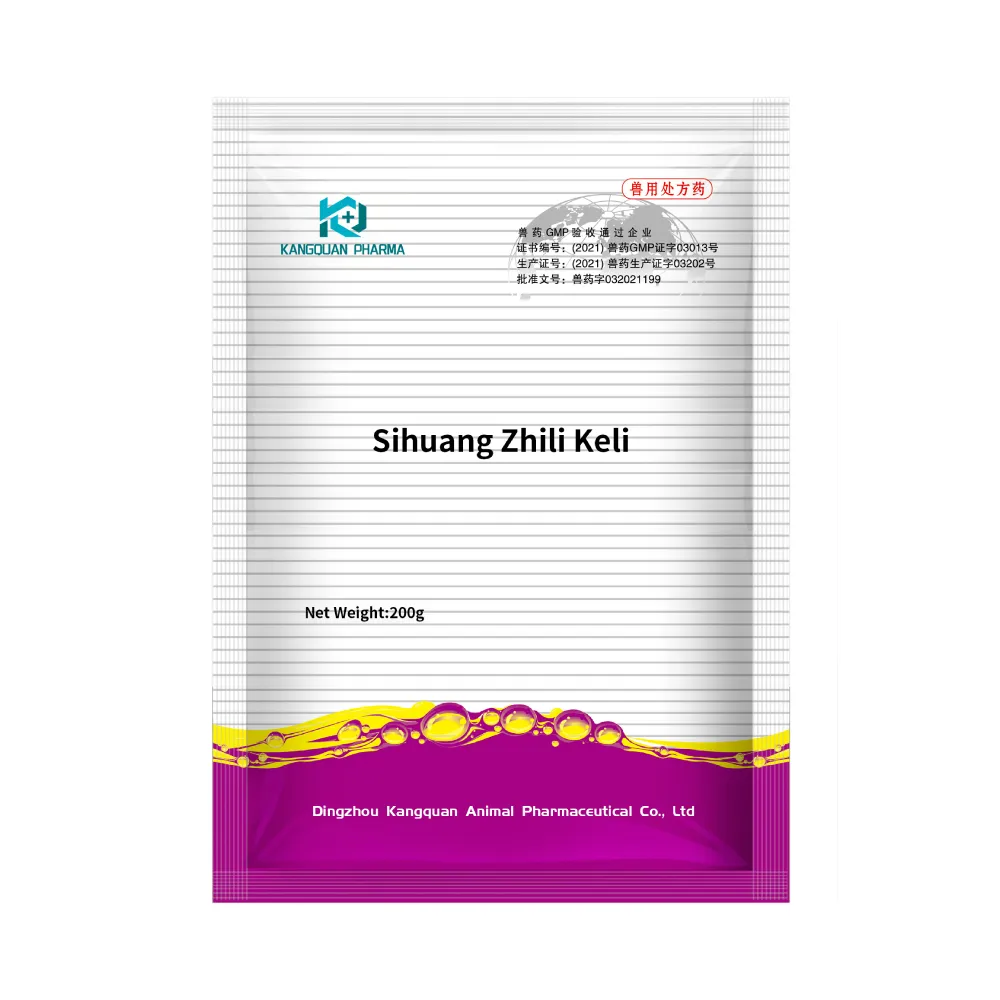- Afrikaans
- Albanian
- Amharic
- Arabic
- Armenian
- Azerbaijani
- Basque
- Belarusian
- Bengali
- Bosnian
- Bulgarian
- Catalan
- Cebuano
- Corsican
- Croatian
- Czech
- Danish
- Dutch
- English
- Esperanto
- Estonian
- Finnish
- French
- Frisian
- Galician
- Georgian
- German
- Greek
- Gujarati
- Haitian Creole
- hausa
- hawaiian
- Hebrew
- Hindi
- Miao
- Hungarian
- Icelandic
- igbo
- Indonesian
- irish
- Italian
- Japanese
- Javanese
- Kannada
- kazakh
- Khmer
- Rwandese
- Korean
- Kurdish
- Kyrgyz
- Lao
- Latin
- Latvian
- Lithuanian
- Luxembourgish
- Macedonian
- Malgashi
- Malay
- Malayalam
- Maltese
- Maori
- Marathi
- Mongolian
- Myanmar
- Nepali
- Norwegian
- Norwegian
- Occitan
- Pashto
- Persian
- Polish
- Portuguese
- Punjabi
- Romanian
- Russian
- Samoan
- Scottish Gaelic
- Serbian
- Sesotho
- Shona
- Sindhi
- Sinhala
- Slovak
- Slovenian
- Somali
- Spanish
- Sundanese
- Swahili
- Swedish
- Tagalog
- Tajik
- Tamil
- Tatar
- Telugu
- Thai
- Turkish
- Turkmen
- Ukrainian
- Urdu
- Uighur
- Uzbek
- Vietnamese
- Welsh
- Bantu
- Yiddish
- Yoruba
- Zulu
Nov . 23, 2024 13:13 Back to list
garamycin sulfate
Garamycin Sulfate A Comprehensive Overview
Garamycin, the trade name for gentamicin sulfate, is an aminoglycoside antibiotic derived from the bacterium Micromonospora purpurea. It is widely used in clinical settings to treat various bacterial infections, particularly those caused by Gram-negative bacteria. Understanding Garamycin sulfate, its mechanisms, uses, and potential side effects is crucial for healthcare professionals and patients alike.
Garamycin Sulfate A Comprehensive Overview
The primary clinical applications of Garamycin sulfate include the treatment of severe infections such as hospital-acquired pneumonia, urinary tract infections, and sepsis caused by susceptible organisms. It is often used in combination with other antibiotics to widen the antimicrobial spectrum and enhance treatment efficacy. Administered intravenously or intramuscularly, the dosing regimen typically depends on the severity of the infection, the patient’s weight, and renal function.
garamycin sulfate

Despite its effectiveness, the use of Garamycin sulfate is not without risks. One of the most significant concerns is nephrotoxicity, as gentamicin can damage kidney function, particularly when used at high doses or for prolonged periods. Additionally, ototoxicity, which can lead to hearing loss, is another serious side effect associated with aminoglycosides. Regular monitoring of renal function and hearing is essential for patients receiving gentamicin, especially those who may be at higher risk, such as the elderly or those with pre-existing kidney conditions.
Furthermore, the emergence of antibiotic resistance is an ongoing challenge in the treatment of infections. Some bacterial strains have developed resistance to gentamicin through various mechanisms, including the production of aminoglycoside-modifying enzymes. This highlights the importance of appropriate use, adherence to prescribed dosages, and considering alternative antibiotics when indicated.
In conclusion, Garamycin sulfate is a vital tool in the arsenal against bacterial infections, particularly those caused by Gram-negative pathogens. While it offers significant therapeutic benefits, its potential side effects necessitate careful monitoring and judicious use. Healthcare providers must weigh the risks and benefits, ensuring that patients receive effective and safe treatment. Continued research and education on antibiotic stewardship are essential in combatting resistance and optimizing the use of Garamycin in clinical practice.
-
Guide to Oxytetracycline Injection
NewsMar.27,2025
-
Guide to Colistin Sulphate
NewsMar.27,2025
-
Gentamicin Sulfate: Uses, Price, And Key Information
NewsMar.27,2025
-
Enrofloxacin Injection: Uses, Price, And Supplier Information
NewsMar.27,2025
-
Dexamethasone Sodium Phosphate Injection: Uses, Price, And Key Information
NewsMar.27,2025
-
Albendazole Tablet: Uses, Dosage, Cost, And Key Information
NewsMar.27,2025













